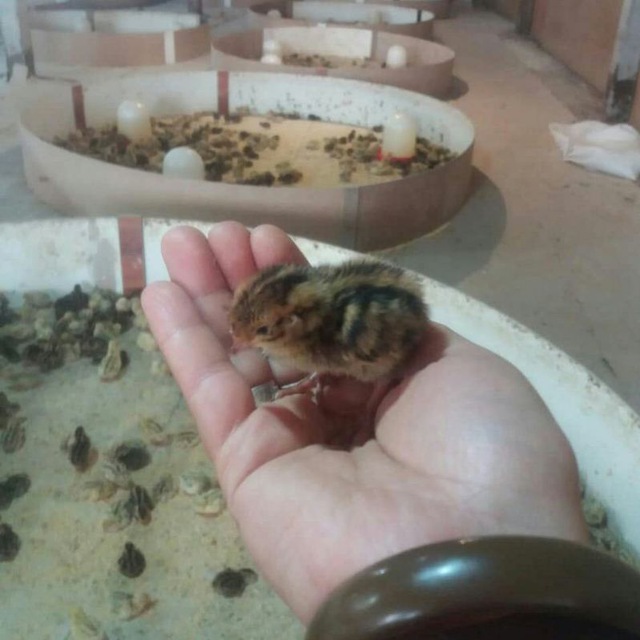The correct method of blood sampling in the poultry house
In order for the results of a serology test to be reliable and to be able to interpret them correctly, there is a need for a correct and principled sampling in the farm in such a way that this sampling is statistically correct and comparable with similar positive and negative samples. To carry out a sampling correctly, several basic conditions must be met and implemented:
Selected samples are taken randomly in different parts of the hall
Random selection gives all birds in the farm the same chance to be selected for sampling and can be selected. That is, if during the vaccination operation, the distribution of the vaccine in the farm was not done well and the vaccine was not distributed uniformly in different parts of the hall, sampling from a specific point and not paying attention to other parts of the hall will cause deviation in the results. A fixed instruction should always be available for the correct collection of samples.
In this instruction, when we consider the length and width of the hall, sampling should be done in line with the two diameters of the hall and their length, for example, if the length of each of these birds is 60 meters and we need 24 birds for sampling, 12 per line The bird is selected and a bird is selected on each line for every 5 meters.
In cases where sampling is done from inside the cage, the cages should be numbered and randomly sampled based on the number of samples required.
Sampling must be done from healthy birds, otherwise the results may be misleading because sick birds are either in the stage of immunosuppression and give weak titration results, or they are in the final stage of the disease and have a very high titer. They show that although they may not have recovered yet. Dynamic growth. Here, healthy birds are birds that do not show signs of disease and seem to have normal symptoms and look healthy now or in the recovery period. They are sick or they are in the initial stages and the incubation period of the disease, in any case, the average titer obtained from them easily shows us the state of the herd and the period of time that has passed since the disease.
The number of samples should be appropriate and in proportion to the population of the hall, that is, the more the number of samples, the more reliable the test results, and the less the number of samples, the more likely the error is in calculating the average herd titer.
It is usually tried to take 1-2 samples for every 1000 pieces of chickens, that is, for a hall of 10000 pieces, between 10 and 20 samples are taken. Especially at the time of sampling for the ELISA test, it will be very effective in interpreting the test results.
This post is written by MohammadH555
